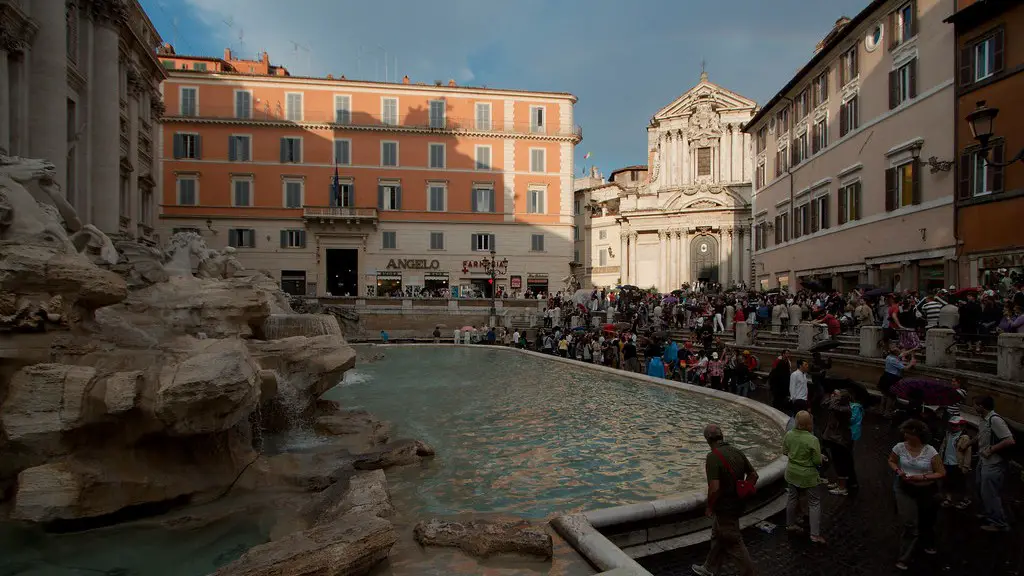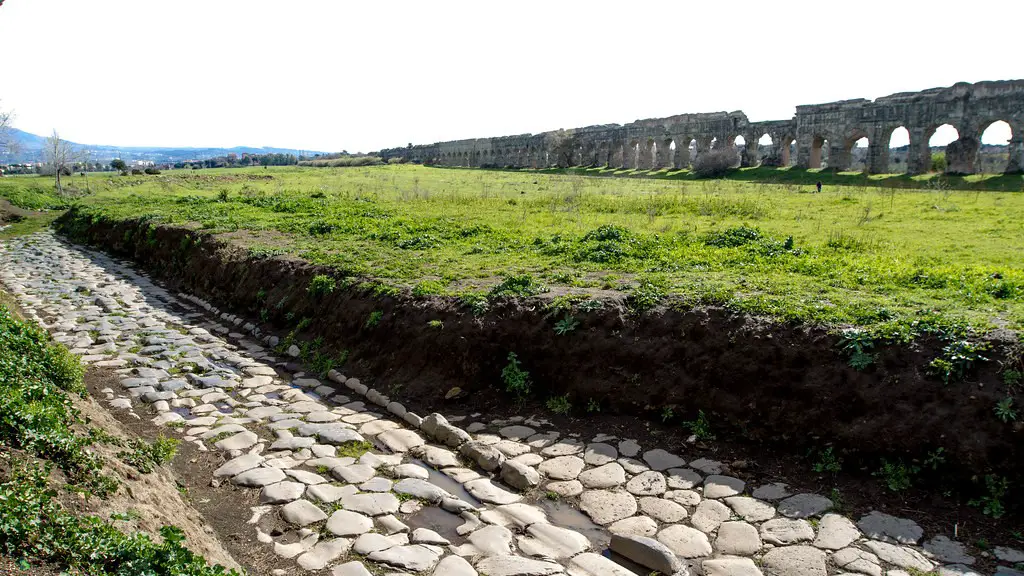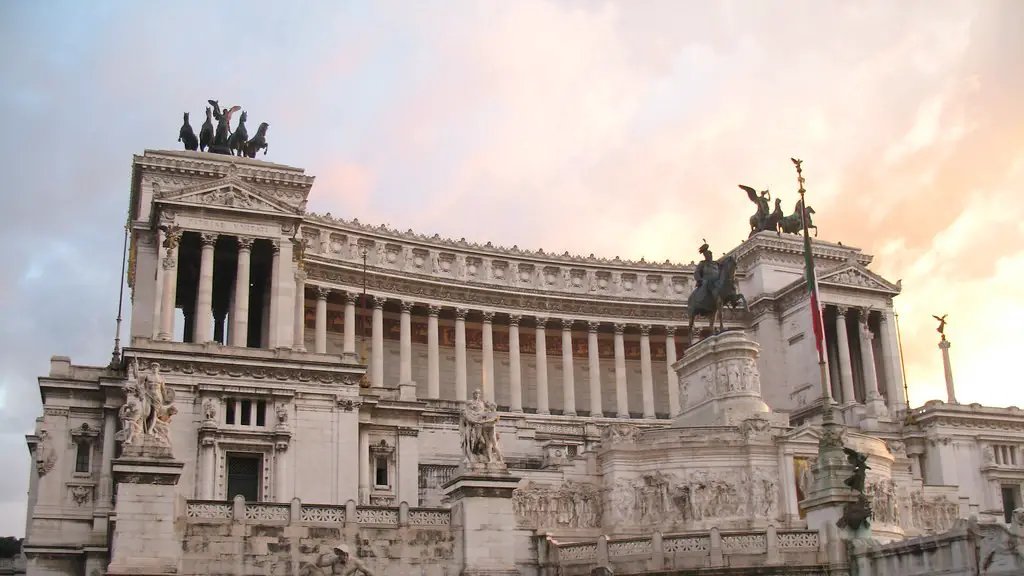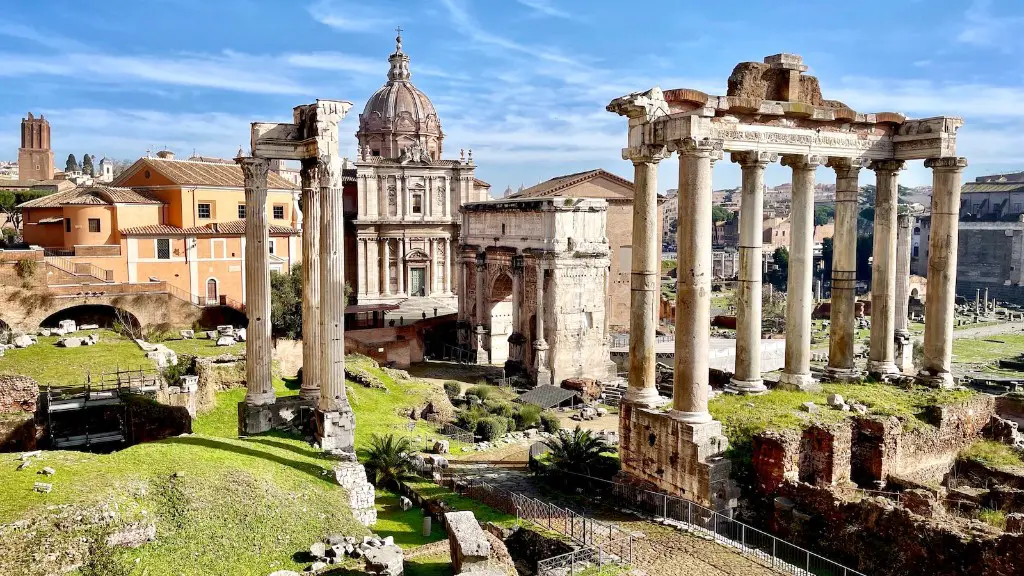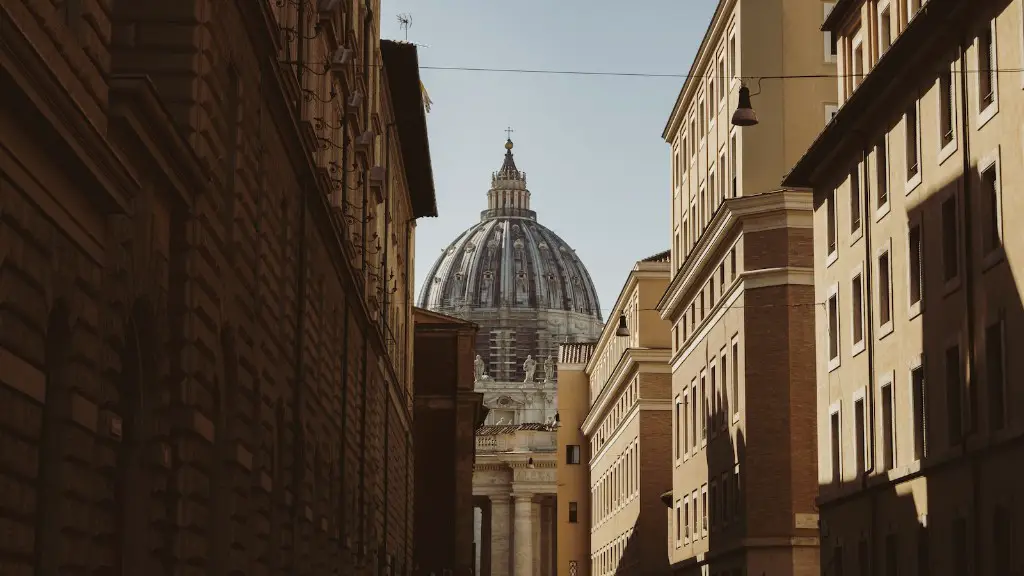The debate over whether ancient Rome was a democracy or republic is one that has been ongoing for many years. There are valid arguments for both sides of the argument, but ultimately, it is up to the interpretation of the evidence. There are some who believe that ancient Rome was a republic, as it had elements of representational government, while others believe that it was a democracy, as all citizens had a say in government decisions.
There is some debate over whether ancient Rome was a democracy or republic, as it had elements of both. However, most historians believe that Rome was primarily a republic. This is because the Roman government was based on elected officials who held limited power, rather than one ruler with absolute power.
Was Rome Democratic or republic?
The Roman Republic was a period of time in which the city-state of Rome existed as a republican government. This period of time is one of the earliest examples of representative democracy in the world. The Roman Republic lasted from 509 BCE to 27 BCE. During this time, Rome was governed by a group of elected officials called the Senate. The Senate was responsible for passing laws and governing the Roman people.
The Roman constitution was designed to give the vast majority of the population very little say in the government. The vast majority of Romans had no influence on legislation and could only select leaders from a very small aristocratic caste. This meant that the vast majority of Romans had very little ability to exercise the powers afforded to them by the constitution.
What type of government was ancient Rome
The Roman Empire was governed by an autocracy, which means that the government was made up of a single person. In Rome, this person was the emperor. The Senate, which was the dominant political power in the Roman Republic, was kept, but the Senate lacked real political power, and so made few real governmental decisions.
The final defeat of Mark Antony at the Battle of Actium in 31 BC marked the end of the Republic. The Senate’s grant of extraordinary powers to Octavian as Augustus in 27 BC effectively made him the first Roman emperor. Augustus’ reign marked a new era in Roman history, one that would be defined by the empire’s expansion and consolidation.
What is a republic vs a democracy?
The two terms are often used interchangeably, but there is a subtle difference between the two. A republic is a state in which supreme power is held by the people and their elected representatives, while a democracy is a system of government by the whole population or all the eligible members of a state.
The Roman Republic was founded in 509 BCE after the last Etruscan king was overthrown. Rome’s next government served as a representative democracy in the form of a republic. The Roman Republic was influential in the development of modern republicanism.
When did Rome stop being a democracy?
The Roman Republic came to an end in 27 BCE when Octavian was made princeps, or “first citizen”. The title was intended to maintain the image of limited power, but, in reality, he had become Rome’s autocratic ruler and the first emperor of the Roman Empire.
The Roman Republic was established in 509 BC, when Rome’s first king, Lucius Tarquinius Superbus, was overthrown by the Roman people. The Republic was a republic governed by elected officials, and it had three different types of government: the Senate, the Consuls, and the Assemblies.
The Senate was a council of wealthy landowners and businessmen that advised the Consuls, who were the highest ranking officials in the Republic. The Assemblies were the Roman people’s way of participating in the government, and they could pass laws and elect officials.
The Republic was a successful form of government, and it lasted for centuries. However, it eventually crumble
What is the difference between Roman Empire and Roman Republic
The Roman Republic was a state that was run by the rule of law, with elected officials representing the people. The Roman Empire, on the other hand, was an autocratic state, with one man at the helm. The Roman Republic was also in a state of near-constant war, while the Roman Empire enjoyed a period of peace and prosperity for its first 200 years.
Augustus was the first emperor of Rome and he established an autocratic form of government, where he was the sole ruler and made all important decisions. Augustus was a great military leader and he expanded the Roman Empire. Augustus was a very effective ruler and he improved the economy and infrastructure of Rome. Augustus was a popular ruler and he was loved by the people of Rome.
What caused Roman Republic to fall?
The decline and fall of the Roman Republic was caused by a perfect storm of economic, political, and military problems. Starting around the end of the 2nd century BCE, Rome began to experience economic problems due to overreliance on slave labor, among other things. At the same time, government corruption was rampant, with various political factions vying for power. This led to increased crime and violence, as well as the formation of private armies. Ultimately, all of these factors led to the rise of Julius Caesar as emperor, and the decline and fall of the Roman Republic.
Augustus Caesar was a Roman statesman and military general who was the first emperor of Rome, ruling from 27 BCE to 14 CE. Augustus was born Gaius Octavius into an old and wealthy equestrian branch of the plebeian gens Octavia. His maternal great-uncle Julius Caesar was assassinated in 44 BCE, and Octavius was named in Caesar’s will as his adopted son and heir. Following Caesar’s assassination, Octavius was initially allied with Marcus Antonius (Mark Antony), the longstanding friend of Caesar, against Caesar’s legal heir, Gaius Julius Caesar Octavianus (later known as Octavian). After a series of military defeats at the hands of Octavian, Mark Antony and Cleopatra, the latter committed suicide, and Antony followed suit.
Is the USA a democracy or a republic
The United States is more accurately defined as a constitutional federal republicWhat does this mean? “Constitutional” refers to the fact that government in the United States is based on a Constitution which is the supreme law of the United States. This Constitution lays out the framework of the US federal government and enumerates the rights of citizens. “Federal” refers to the fact that the United States is a federation of states, each of which has its own government. The central government, which is the federal government, has limited powers delegated to it by the Constitution while the state governments have broader powers. “Republic” refers to the fact that the US is not a monarchy and that power ultimately resides in the people who elect representatives to govern on their behalf.
A republic is a form of government in which the government is elected by the people and governed by law. a democracy is a form of government in which the rulers are elected by the people. The key difference between a democracy and a republic lies in the limits placed on government by the law. a republic places stricter limits on government, while a democracy gives the government more latitude to act. This difference has implications for minority rights. In a democracy, the majority may rule, but the rights of minorities are protected by law. In a republic, minority rights are not always protected by law, and the minority may be subject to the whims of the majority.
Is America a democratic republic?
The Constitution establishes a federal democratic republic form of government. That is, we have an indivisible union of 50 sovereign States. It is a democracy because people govern themselves. It is representative because people choose elected officials by free and secret ballot.
Democracy in ancient Greece is one of the first forms of self-rule government in the ancient world. The system and ideas employed by the ancient Greeks had profound influences on how democracy developed. For example, the idea of a representative government where each person had a say in government decisions was first employed in ancient Greece. The impact of democracy on the formation of the US government was significant. Many of the Founding Fathers were influenced by the ideas of democracy, and the US Constitution incorporates democratic principles.
Was the Roman Empire a dictatorship
The Roman Republic came to an end when Octavian, Caesar’s adopted son, became the sole ruler of the Roman Empire. Although the forms of the Republic such as the Senate and the election of the consuls continued, the emperor held all power. Democracy in Rome was dead and dictatorship had won.
Caesar Augustus was one of ancient Rome’s most successful leaders who led the transformation of Rome from a republic to an empire. During his reign, Augustus restored peace and prosperity to the Roman state and changed nearly every aspect of Roman life. Augustus was a skilled politician and military leader who helped Rome become a great power. He also reformed the Roman government, improved infrastructure, and boosted the economy. Augustus was one of the most influential figures in Roman history and his reign was a Golden Age for the Roman Empire.
Conclusion
The Roman Republic was not a democracy in the modern sense of the word, but it was definitely a republic. The Roman Senate was a key factor in the government and was not elected by the people. However, the Senate was not the only factor in the government and there were many checks and balances in place. For example, the two consuls were elected by the people and had veto power over the Senate. Ancient Rome was definitely not a democracy, but it was a republic.
There is no one answer to this question as it is a complex and much-debated topic. However, it is generally agreed that ancient Rome was not a democracy in the modern sense of the word, but rather a republic. This means that while there was some level of public involvement in government, ultimate power rested in the hands of a small group of elites.
